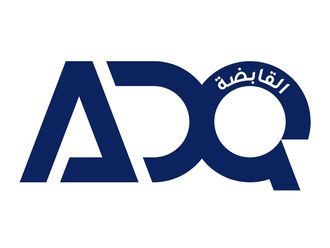Muscat: The highly awaited season for abalone, which is considered the most expensive seafood in Oman, kicked off on Sunday. During the season which is only 12 days long, the fisherman can expect to haul in 37,455 tonnes of abalone, worth 1.9 million Omani riyals (Dh18 million) in profits, based upon the average production during the past five years.
Hong Kong is the number one importer for the Omani abalone. The price of one kilo ranges between 45 riyals to 70 riyals and the price of one plate served at South East Asian restaurants could cost more than $120.
The popularity is partially based on what is believed to the health benefits of the abalone species. When abalone is cooked, it produces omega-3 fatty acid, which is essential to the human diet.
Due to previous overfishing, the The Ministry of Agriculture and Fisheries (MoAF) has had to put into place some drastic fishing restrictions and has reduced the period to only 12 days again this year, compared to 20 days in 2012 in an attempt to save the stock from depletion.
According to the ministerial decision 302/2014, the use of artificial lighting of all types as well as fishing tools is prohibited while fishing for abalone. The ministry also prohibits diving for abalone from sunset to sunrise.
Gulf News contacted one of the local experienced fishermen, who said that he used to collect hundreds of abalone in the past 20 years, but now he catches less than 40 in a whole day.
Skills
Sources at the MoAF said that growing demand for Omani abalone from the East Asian market has led to higher prices. Sources added that an increased number of unlicensed fishermen has led to low production levels.
Meanwhile, divers need experience and specialised skills to find abalone; otherwise, it’s very hard even trap a single abalone. These men must face frigid seawater as well as attacks from sea snakes, according to Salim Al Shehri, a diver. Salim added that people from Dhofar governorate are flocking to the province of Mirbat and the Niyabat of Sharbathat in the province of Shaleem and Al Halaniyat Islands in search of abalone.
“The high price has led to a remarkable increase in the number of divers and the emergence of many bad practices, even the harvesting of small-sized abalones which have not reached maturity,” Salim said. The abalone is available only along the coasts between the province of Mirbat and the Niyabat of Sharbathat in the province of Shaleem and Al Halaniyat Islands.
The writer is a journalist based in Muscat.












